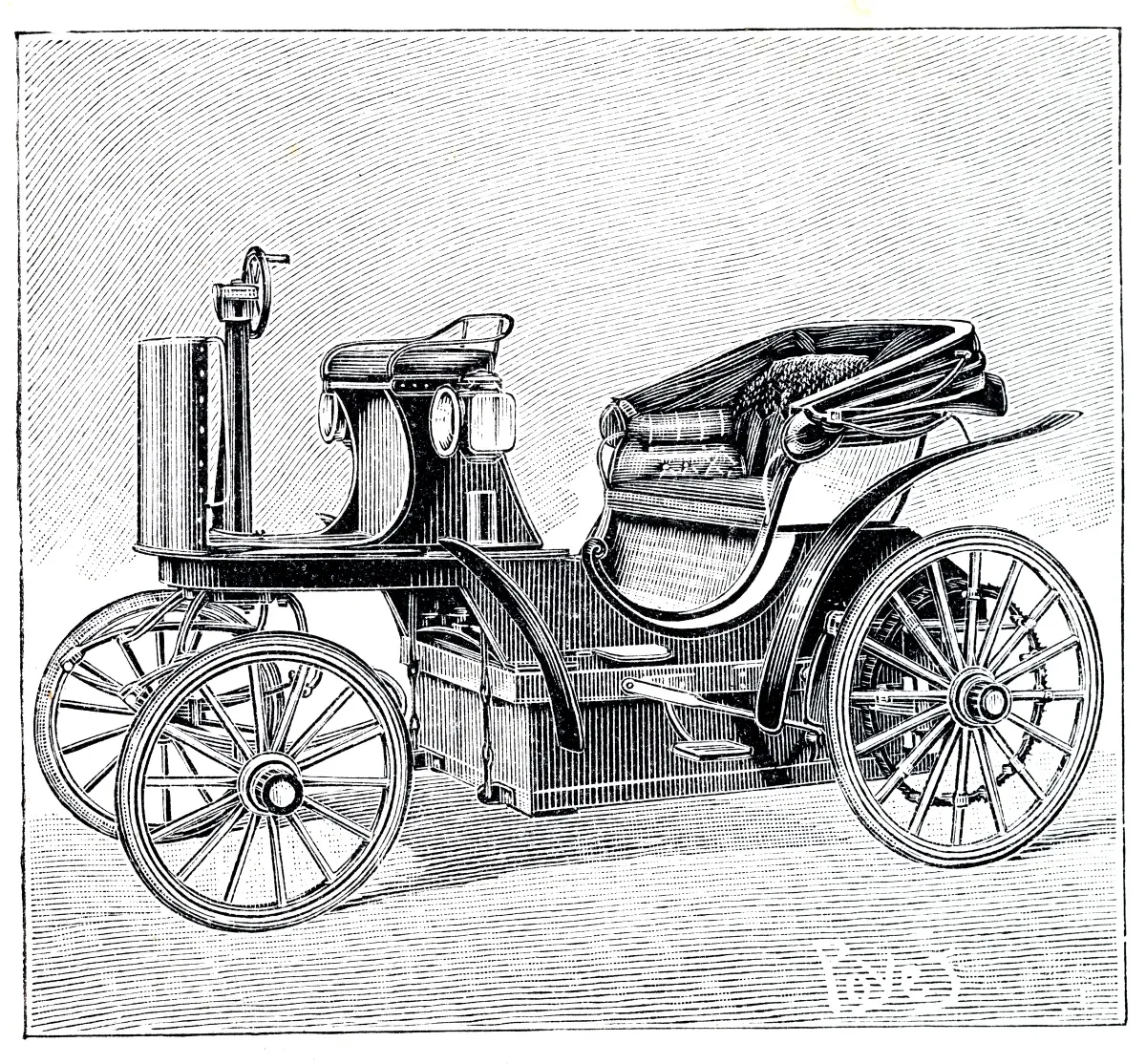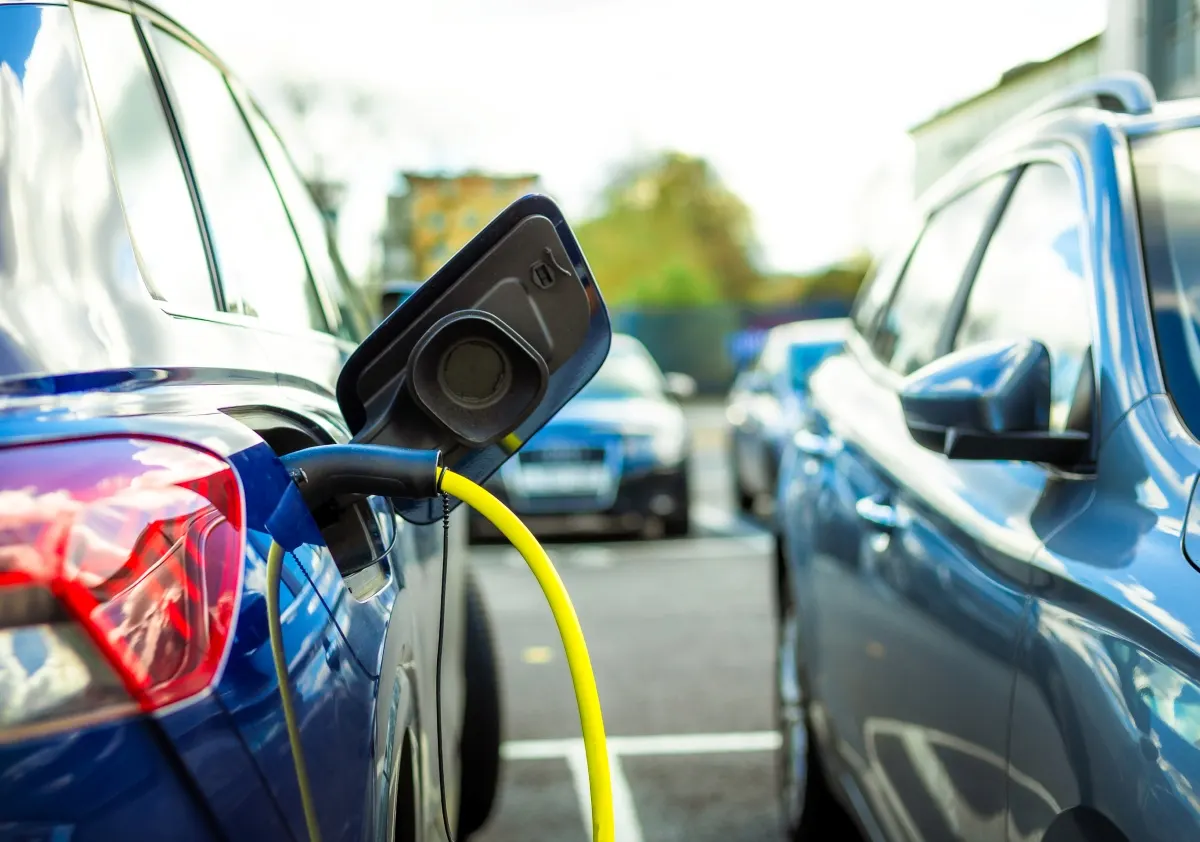With surprising twists and a famous name, the dramatic timeline of the electric vehicle makes for a fascinating read
Just like true love, the course of innovation never really does run smooth. This can make for frustrating delays for inventors, but fascinating reading for us.
Take the evolution of the EV. Its timeline – dating back to 1828 at the very least and spanning many countries – isn't just a dive into engineering, but a snapshot of many things – the durability (and flexibility) of ideas, the ambitions and needs of people, and the changing landscape of transport. From prototypes to electric tricycles, carriages to cars, 90s comebacks and modern-day vehicles, the story of the EV is one of invention, need, and unbelievable persistence. Take a look.










